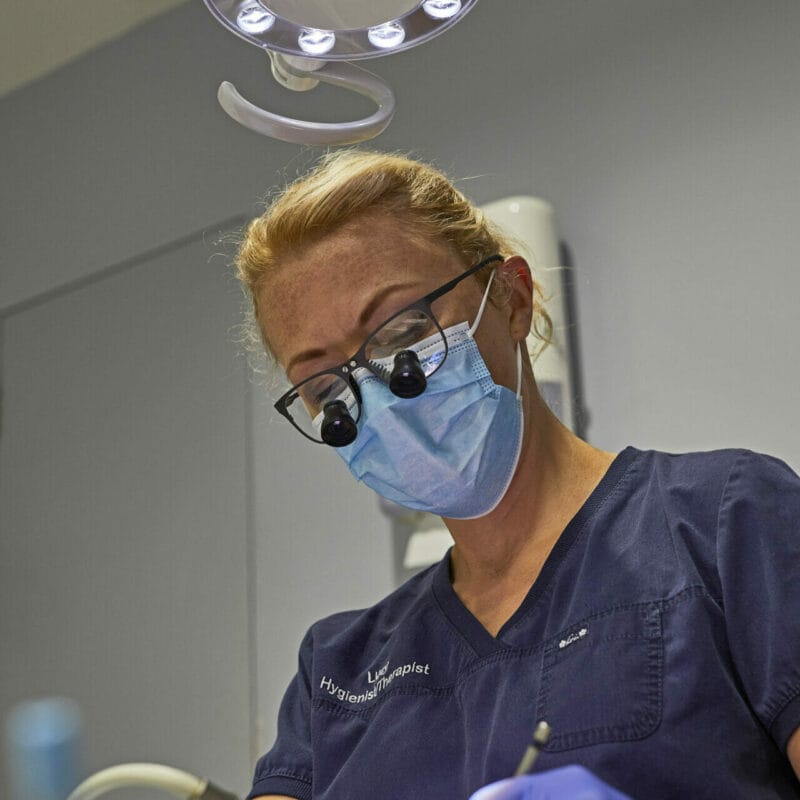
Dental Hygiene
Dental hygiene is crucial for maintaining your overall health and well-being. Proper dental care goes beyond a sparkling smile; it significantly impacts your entire body.
Here is why it is so important:
Oral Health: Good dental hygiene prevents common dental issues like cavities, gum disease, and bad breath. Regular brushing, flossing, and dental check-ups help keep your teeth and gums in excellent condition, reducing the risk of pain and discomfort.
Preventing Infections: Neglecting dental hygiene can lead to infections in the mouth, which can potentially spread to other parts of your body. These infections can be serious and even life-threatening in some cases.
Heart Health: There is a connection between gum disease and heart disease. Maintaining good dental hygiene may lower the risk of heart problems by reducing inflammation and preventing bacteria from entering the bloodstream.
Respiratory Health: Poor oral hygiene can lead to respiratory issues. Bacteria in your mouth can be inhaled into your lungs, potentially causing infections or worsening existing respiratory conditions.
Digestive Health: Chewing is the first step in the digestion process. If you have dental problems, it can hinder your ability to chew food properly, potentially leading to digestive issues.
Confidence and Self-Esteem: A healthy smile can boost your confidence and self-esteem. When you take care of your teeth, you’re more likely to smile, and a smile can have a positive impact on your personal and professional life.
Financial Savings: Preventive dental care is generally more cost-effective than treating dental issues after they’ve developed into more significant problems. Regular check-ups and cleanings can help you avoid expensive dental procedures.
Dental hygiene is not just about having a beautiful smile; it is about safeguarding your overall health. Consistent, daily dental care and regular visits to the dentist and the hygienist are investments in your well-being and can contribute to a healthier, happier life.
We are thrilled to have Lucy Grimsey and Lucia Balogova, our skilled and compassionate dental hygienists on board to ensure that your dental visits are comfortable, informative and tailored to your needs.


